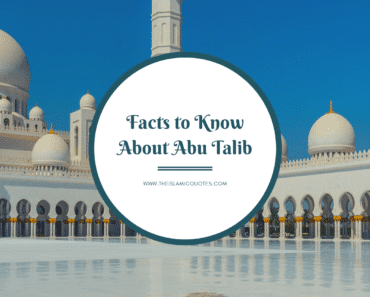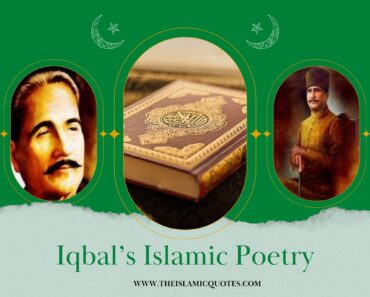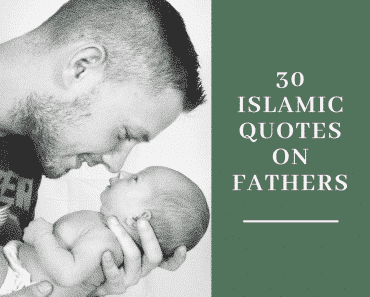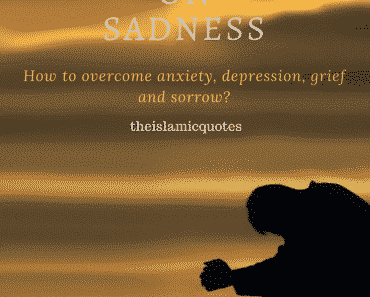Things to do in Makkah: Makkah (Mecca) is the most revered place in the world for Muslims. This holiest city is famous for containing the first and the largest mosque created on Earth, the Masjid al-Haram. Besides, it also holds importance for being the hometown of Allah’s messenger, the last Prophet Muhammad (Peace and blessings be upon him), and the land where Allah Almighty started revealing the Holy Quran on Prophet (PBUH).
Muslims from all over the world gather here to perform Hajj and Umrah (Pilgrimage), the fifth pillar of Islam that strengthens the faith and creates a sense of unity and brotherhood among different Muslim communities.
Makkah has been declared a sanctuary for Muslims. Its significance can be illustrated by the fact that it has been mentioned numerous times in the Hoy Quran with beautiful names like Bakkah (the ancient name of Makkah), Umm Al-Qura (mother of the towns), Al-Balad Al-Amin (the city of safety), Al-Bayt Al-`Atiq (the ancient house) and Al-Ma’mun (security). Even Prophet Muhammad (PBUH) has expressed his love and fondness for Makkah numerous times. As narrated by Ibn’ Abbas (R.A)
The Messenger of Allah (PBUH) said about Makkah: “How sweet of a land you are and how dear you are to me, and if it were not that my people expelled me from you, I would not have lived in other than you.” (Jami` at-Tirmidhi Hadith 3926)
What to do in Makkah?
Makkah is filled with religious and historical landmarks and a gateway for learning and worshipping for the believers of Monotheism. So if you plan to visit Makkah soon, be it as a pilgrim or not, here are ten things that should make your bucket list.
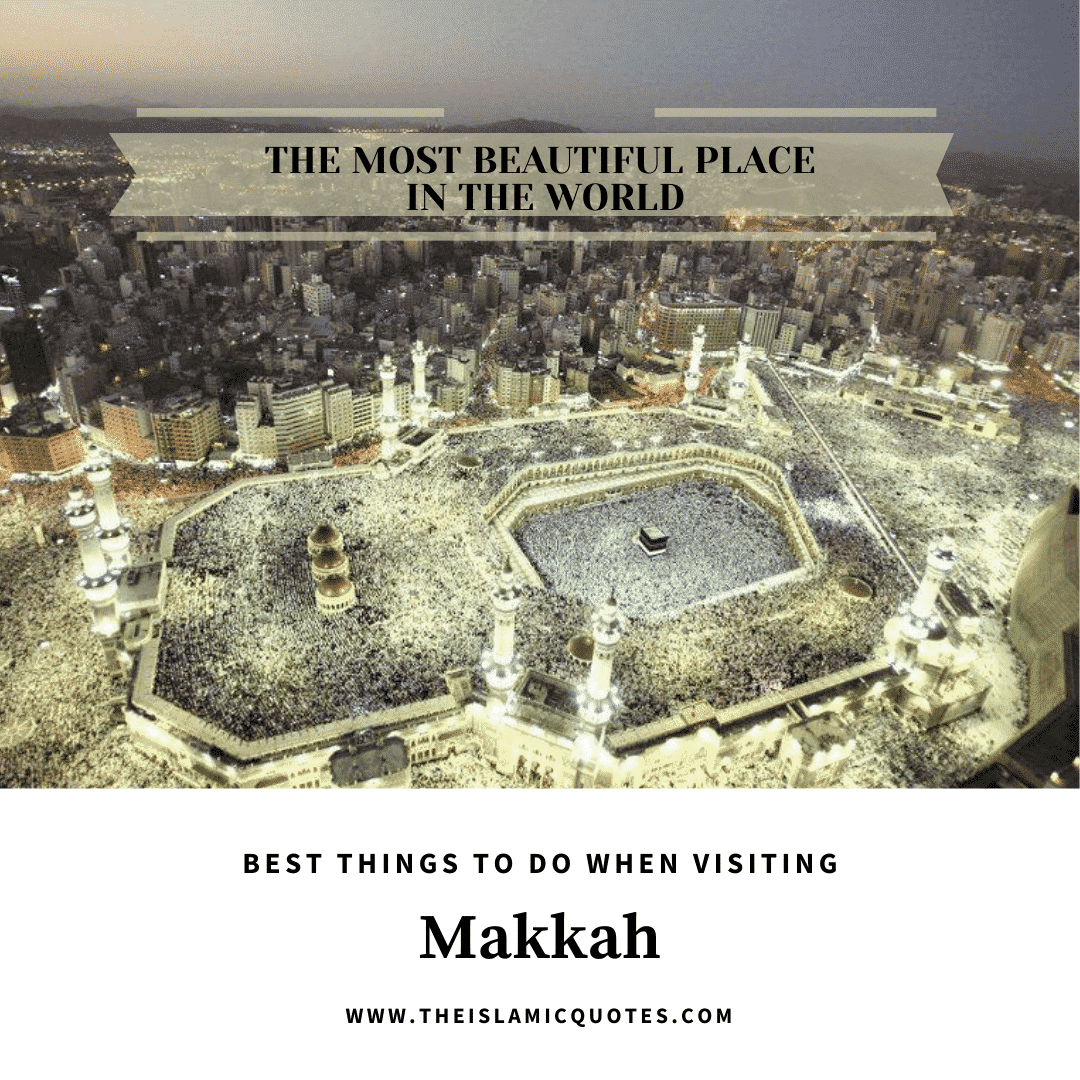
↓ 1 – Perform Tawaf of Kaaba
Every Muslim’s dream is to visit Masjid al-Haram (The Sacred Mosque) at least once in their life. The biggest reason is that it houses the glorious Kaaba (Bait ul-Allah). Kaaba was initially constructed by Prophet Abraham (A.S) and his son Prophet Ishmael (A.S) under the orders of Allah Almighty. It is the Qibla (direction) towards which Muslims pray five times a day. Also, during Pilgrimage, circumambulation (Tawaf) of Kaaba is an obligation according to the way prescribed in the Holy Quran and Sunnah. However, it can also be done as a voluntary act of worship (Tawaf-al-Nafl) at any period.
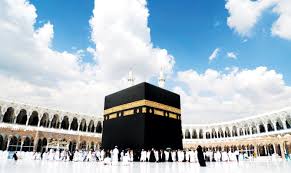
↓ 2 – Pay respect to Hajar al-Aswad and Maqam-e-Ibrahim
During Tawaf, two sites hold importance. One is Hajar al-Aswad (the Black Stone), set at the eastern corner of Kaaba. It is confirmed through hadith that the stone came down from Paradise, and it is the Sunnah of the Prophet Muhammad (PBUH) to kiss it or point towards it during the circumambulation. The second is Maqam-e-Ibrahim, which is located in Mataf.
It is the stone on which Prophet Abraham (A.S) stood and constructed the Kaaba. The footprints of Prophet Abraham (A.S) were embedded in the stone by Allah Almighty’s command, and it was made compulsory by Allah to pray two Rakkah Salah at this point after Tawaf.
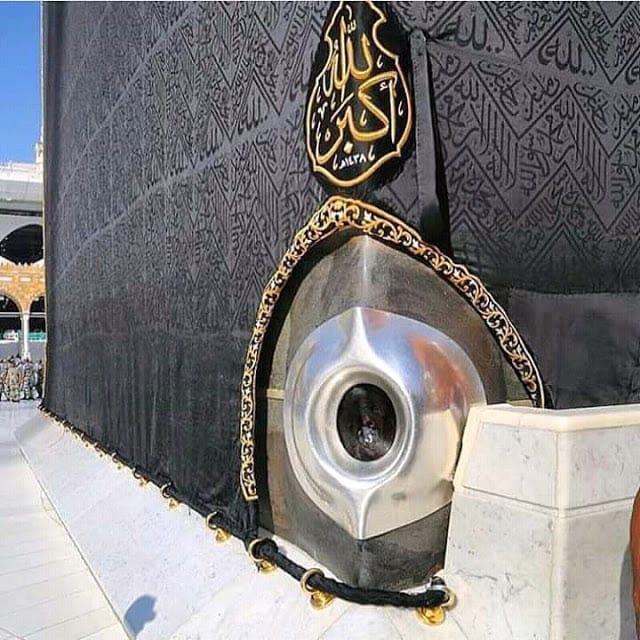
↓ 3 – Visit Safa and Marwah and the well of Zam Zam
The twin hills of Safa and Marwah and the well of Zam Zam are other highlights of Masjid al-Haram. The story goes that Allah Almighty ordered Prophet Abraham (A.S) to leave his wife Hagar (A.S) and baby Ishmael (A.S) in the desert of Makkah. When the water with her finished, Hagar (A.S) ran frantically seven times between the hills of Safa and Marwa to find it to quench the thirst of her crying child.
Allah Almighty accepted this act of worship, and from the place where infant Ishmael (A.S) was lying, it erupted a never-ending water spring named Zam Zam. During Pilgrimage, Muslims must perform Sa’yee by running seven times between the twin hills to honor Hagar’s (A.S) sacrifices.
This short video will give you a good idea of what it is like to be in this area:
↓ 4 – Pray Salah in Masjid al Haram
With all its attributes, Masjid al-Haram is surely the most precious spot to be on planet Earth. It is mentioned in the hadith that praying Salah in the Sacred Mosque is many times superior to any other mosque. Ibn Az-Zubair (R.A) narrated that the Messenger of Allah (PBUH) said:
“Offering prayer in my mosque (in Madinah) is better than one thousand prayers elsewhere, save for those offered prayer in al-Masjid al-Haram (in Makkah). And prayer offered in al-Masjid al-Haram is better than prayer offered in my mosque by one hundred prayers.” (Related by Ahmad and Ibn Hibban graded it as Sahih) (Bulugh al-Maram 779)
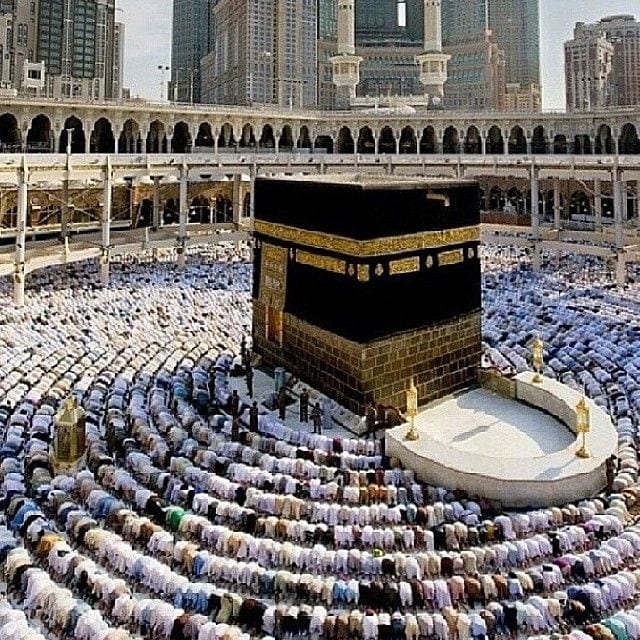
↓ 5 – Climb atop the Jabal-al-Nour
Jabal-al-Nour (The Mountain of light) is a major tourist attraction for pilgrims at 4 kilometers from masjid al-Haram. It is easy to recognize because of its rocky structure and its summit shaped like a camel’s hump. Jabal-al-Nour constitutes the renowned Ghar-e-Hira (The Cave of Hira), where the first verses of the Holy Quran were revealed to Prophet Muhammad (PBUH) by Allah Almighty through Angel Jibrail (Gabriel) (A.S).
The cave naturally faces towards the Kaaba. It can accommodate 5-6 adults and takes a hike of 45 minutes to 2 hours to reach depending on the climber’s physical capability.
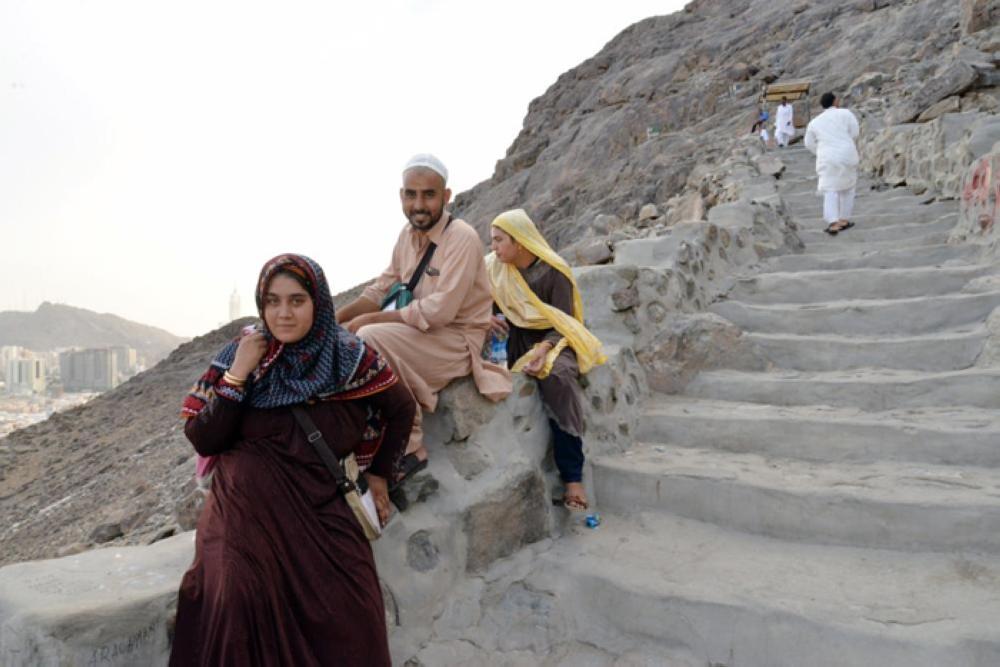
Here’s a video with a nice tour of the Cave and all the things you need to know before visiting it:
↓ 6 – Ask for forgiveness at Mount Arafat
Mount Arafat (Mount of Mercy) is located in the east of Makkah and is about 20km from the Kaaba. It holds immense religious importance because it the Mount on which the Prophet Muhammad (PBUH) gave his life’s last address.
During Hajj, it is an essential requirement for pilgrims to gather and spend a day on Mount Arafat, listen to the sermon of Hajj, pray and implore for forgiveness from the Almighty Allah. For non-Hajj days, it is an equally great place to pray, relax, and enjoy the scenery.
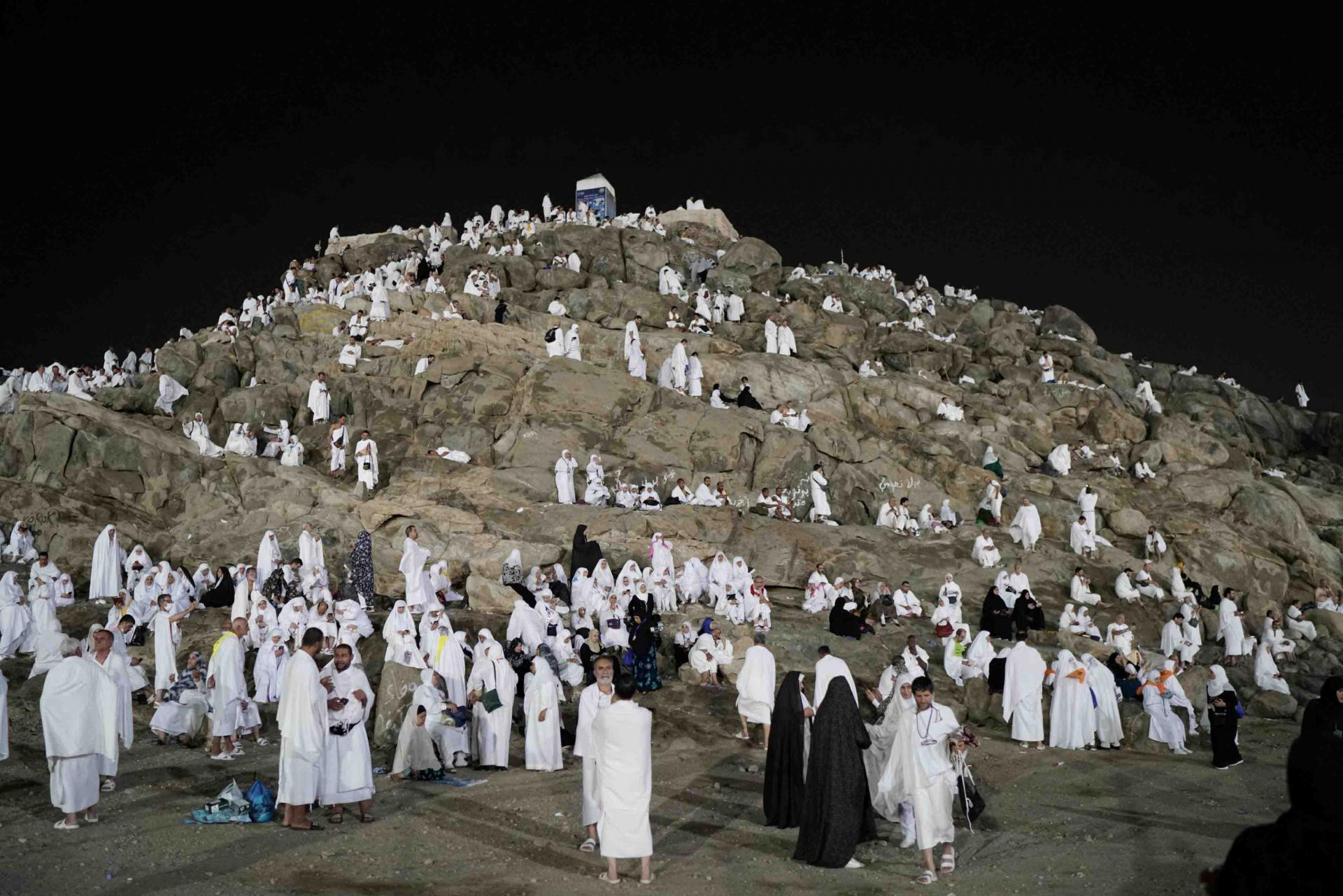
↓ 7 – Explore the cave of al-Thawr
Makkah is blessed with many historical remnants, and each of them is as mesmerizing as the other. The cave of al-Thawr is yet another relic situated in Jabal-al-Thawr (Mount Thawr), 12 kilometers south of Makkah.
It is a site of interest among Muslim tourists because it is the cave in which Prophet Muhammad (PBUH) and his companion Abu Bakr (R.A) took refuge secretly, with the help of Allah Almighty, for three days from the pagans of Quraysh while immigrating from Makkah to Medina.
↓ 8 – Learn history at Maktaba Makkah-al-Mukarramah
Another structure that welcomes a bulk of tourists is the Maktaba Makkah-al-Mukarramah. Some believe that this library was previously the house where Prophet Muhammad (PBUH) was born, but it is not confirmed through evidence. That is why any devotional behavior is strictly forbidden here. For centuries the house was maintained as a small mosque by many caliphs.
However, in 1951 it was turned into a library for public use and still contains ancient manuscripts inscribed with Islam’s history.
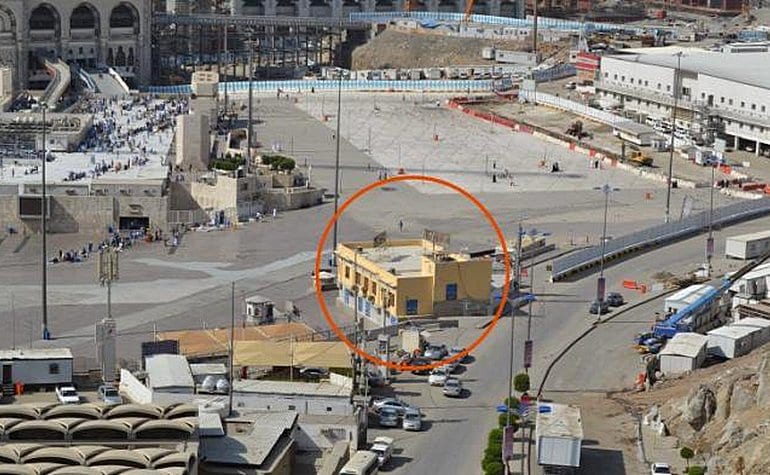
↓ 9 – Travel to other Mosques of Makkah
Most people are unaware that Makkah is home to famous mosques other than Masjid al-Haram.
- Aisha Mosque or Al-Taneem Mosque is the second largest mosque in Makkah and serves as a Miqat station, where those who want to perform Hajj or Umrah can enter the state of Ihram.
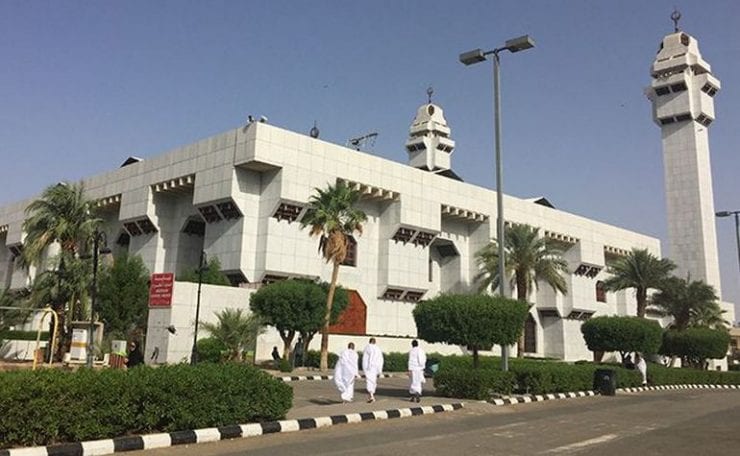
- Al Ji’ranah Mosque in the northeast of Makkah is another Miqat station in which the Prophet Muhammad (PBUH) stopped and changed into Ihram on return from the Battle of Hunaian.
- The ancient Mosque of the Jinn, constructed in the exact area where Prophet Muhammad (PBUH) recited the Holy Quran to a group of Jinn who later became believers of Islam.
↓ 10 – Shop in state of the art malls
Besides being a hub of holy places, shopping in Makkah is also an un-forgetful experience.
- Abraj Al Bait Mall is a must to visit if you are looking for clothes, jewelry, and accessories from local and international brands. It is the largest mall in Makkah and is situated right in front of King Abdul Aziz Gate of Masjid al-Haram. It has many popular shopping stores as well as a big food court so it is one of the most popular malls for people visiting the Haram.
- Makkah Mall and Hijaz Mall are also among the popular malls of Makkah that are great to spend quality time with your family.
↓ 11 – Try the local food
When you visit any country, it’s always good to try the local food as it helps you discover the tastes and culture of the place. In Makkah, it is recommended that you try:
- The Arika for breakfast. The one from Muqaam Al Qasim is very popular amongst both locals and tourists. Arika is a very nutritious breakfast meal that includes bread, dates, cream, honey, cheese, nuts, yogurt, and cornflakes amongst other things.
- Ful and Gilava are also traditional breakfast items in Makkah and they’re made from beans. The only difference between the two is that Gilava has oil in it. Both of these are eaten with the traditional bread or roti that is known as Tameez. All of these are easily available at local shops and they’re super affordable.
- Falafels, made from chickpeas are one of the most commonly eaten street foods of Makkah and people eat them for breakfast, lunch as well as dinner. They can be eaten on their own or as a platter or sandwich. Tarweeat Zaman is a popular spot from where people buy Falafels in Makkah and it’s located near Bin Daud.
- Albaik is a popular international food chain that people love to try when in Makkah. Their fried chicken is their specialty and it is marinated with a special spice mix on the inside.
- Mutton mandi is a dish made from mutton and rice. You can find it in many restaurants but Al-Redan‘s Mandi is said to be the very best though it is comparatively expensive.
- Kunafa is a popular dessert that you must try in Makkah.
- Camel meat is commonly available in the city in many forms including rice, samosas and curries. If you go to visit Jabal-e-noor or the cave of Hira, then you’ll find the restaurant Kabsa Haashi right on the opposite side of the road and it is a great spot for trying Camel food. You’ll love the aroma of the food from this place.
- And of course, nothing beats the Zam Zam water as a drink in Makkah. I recommend that you always carry a few small bottles in your backpack and fill them when you go to haram. Instead of drinking ordinary water, drink Zam Zam throughout the day in Makkah and you’ll be amazed by how fresh and hydrated you’ll feel.
You’ll note that many of the dishes mentioned here are not originally from Makkah but their origins can be traced to other regions like Egypt or Afghanistan. The reason behind this is that there are many few locals in Makkah and most of the Meccan culture and traditions are inspired by pilgrims who settled here over the years.
Most local food is not too spicy or salty so it’s a good idea to carry an extra pack of salt or spice mix with you. Also note that in the restaurants of Makkah, there are separate sitting areas for men and women (except in the mall’s food courts). So you’ll either have to sit in segregated areas or you can take the food home to enjoy with your family.
Concluding Remarks
Makkah is surely the city of many virtues. With so many interesting sites and religious duties to perform, it is a great way to understand the true meaning of being a believer of the Oneness of Allah Almighty. Therefore, every Muslim’s responsibility is to preserve the sanctity of Makkah because it is the land from where the light of Islam started spreading and continues to grow to this day. Narrated by Ibn Abbas that the Messenger of Allah (PBUH) said:
“This Makkah was made sacred by Allah, the Mighty and Sublime, the day He created the heavens and the Earth. Fighting therein was not permitted for any one before me or after me rather it was permitted for me for a short part of a day. At this moment it is a sanctuary that is sacred by the decree of Allah until the Day of Resurrection. Its green grass is not to be uprooted or cut, its trees are not to be cut and its game is not to be distributed. It is not permissible to pick up its lost property except by one who will announce it publicly….” ( Sunan an-Nasa’i 2892)


